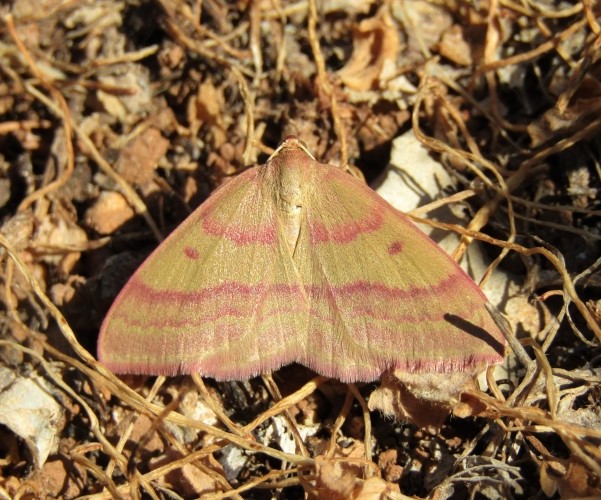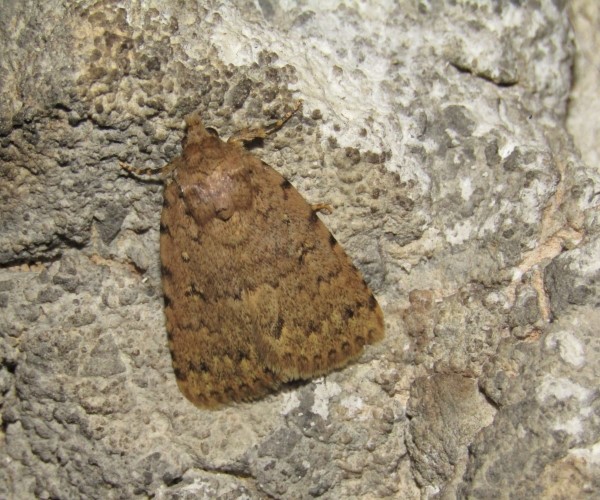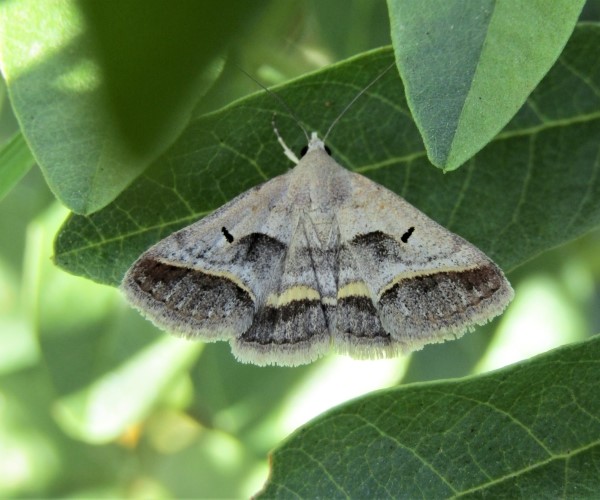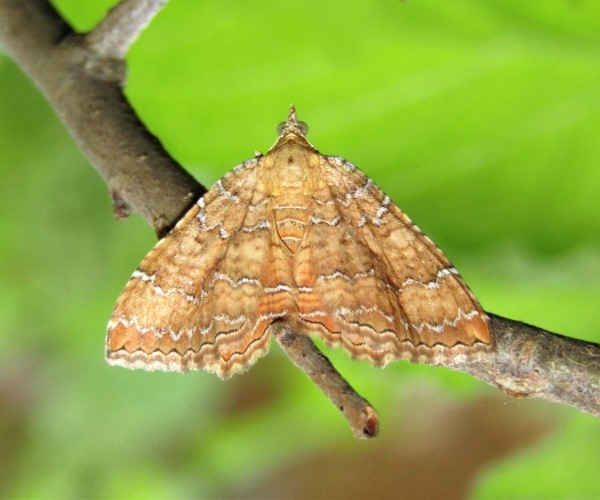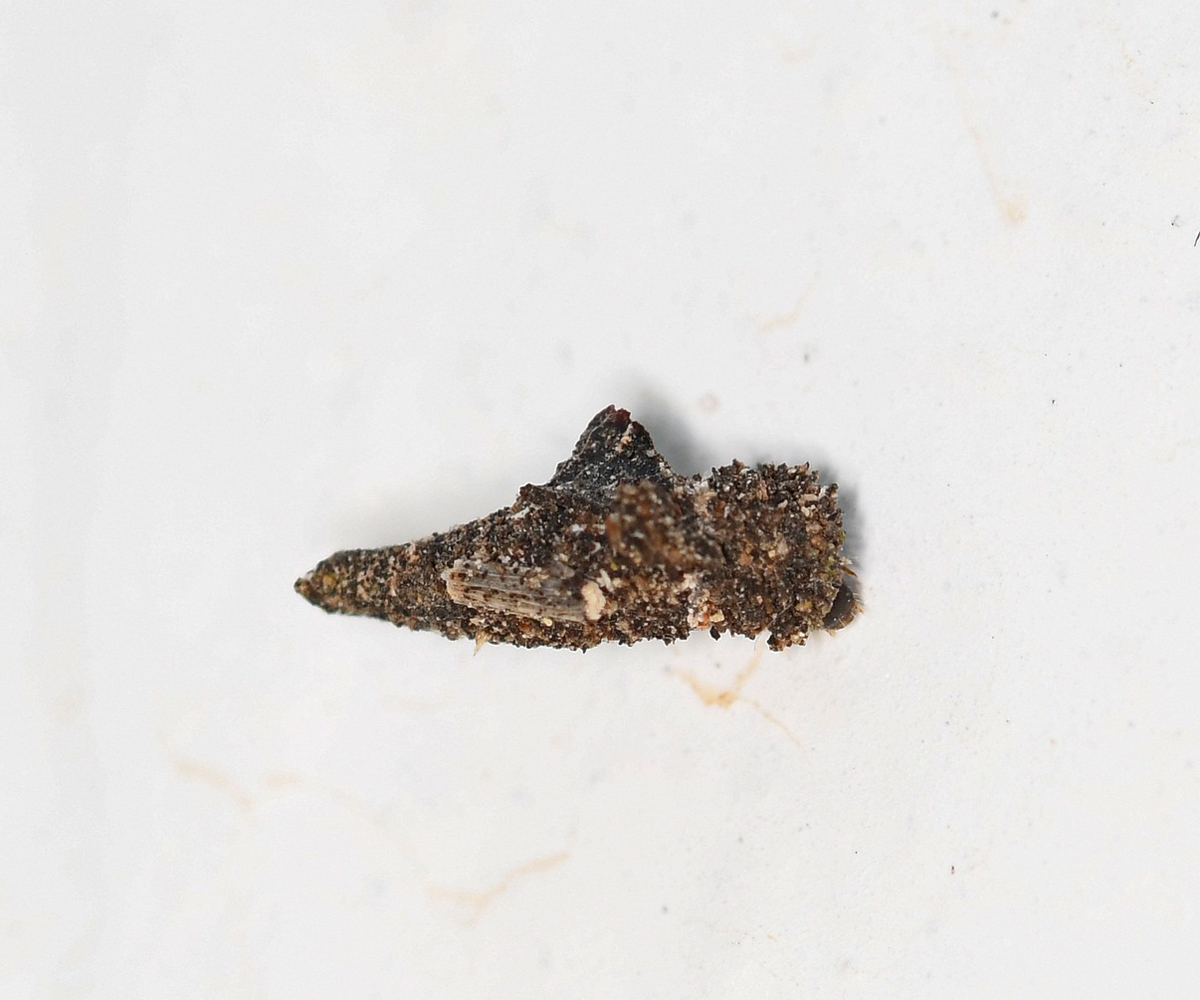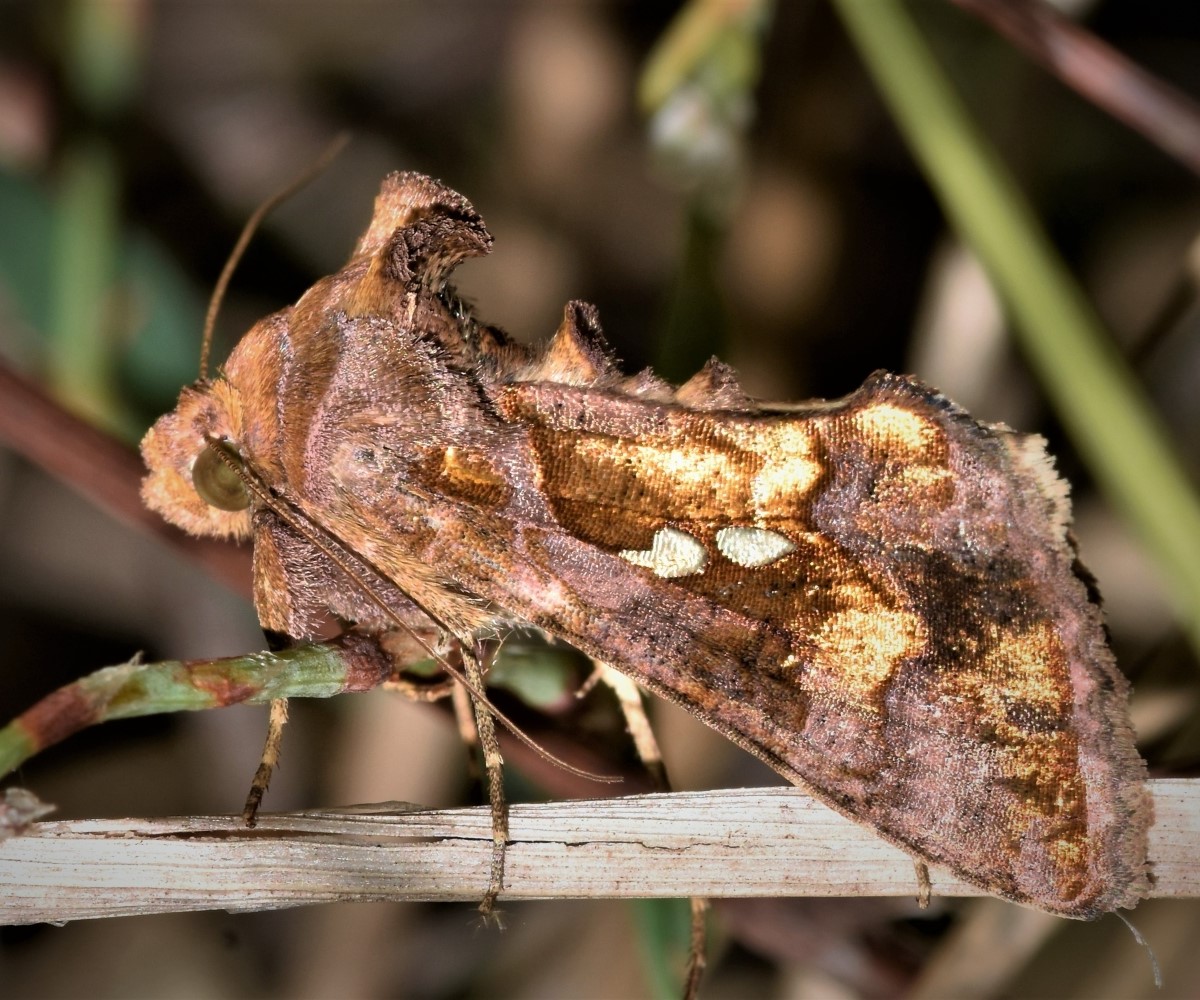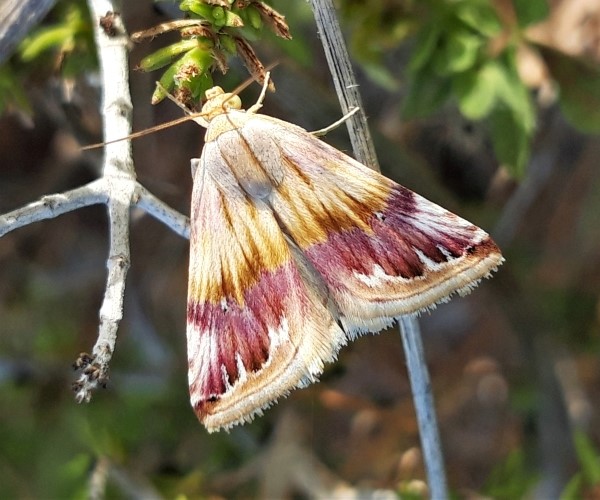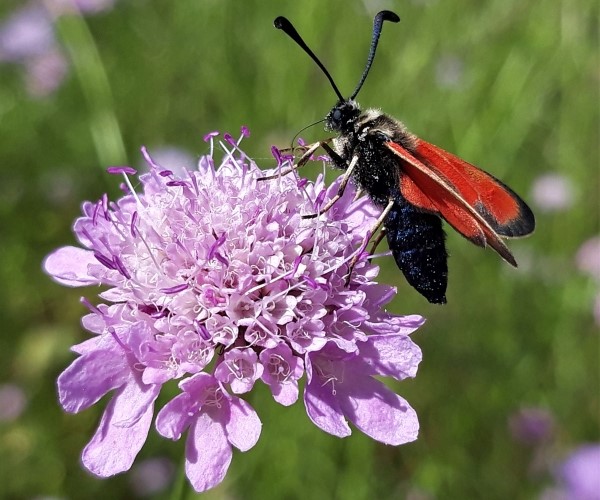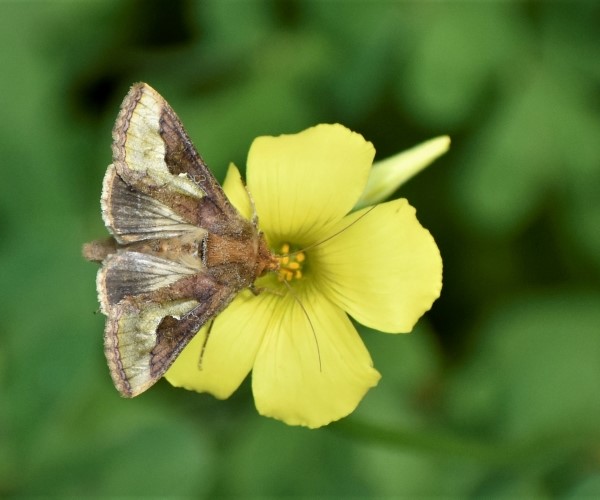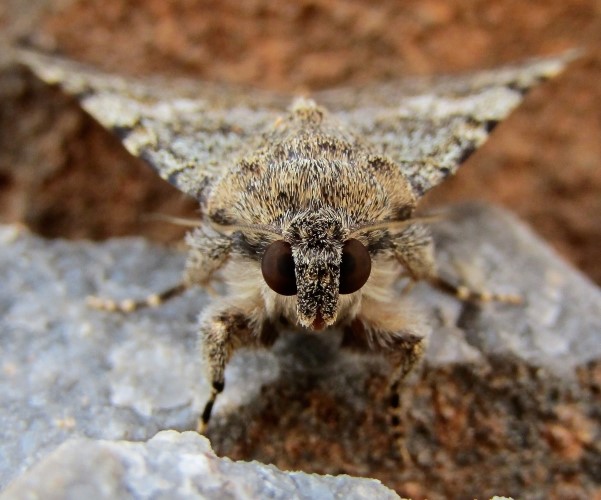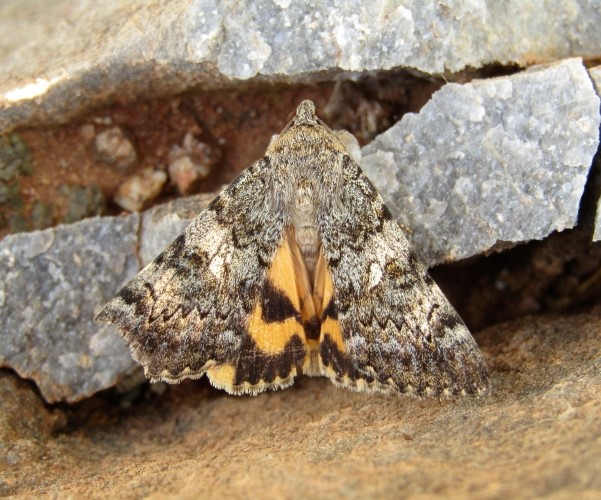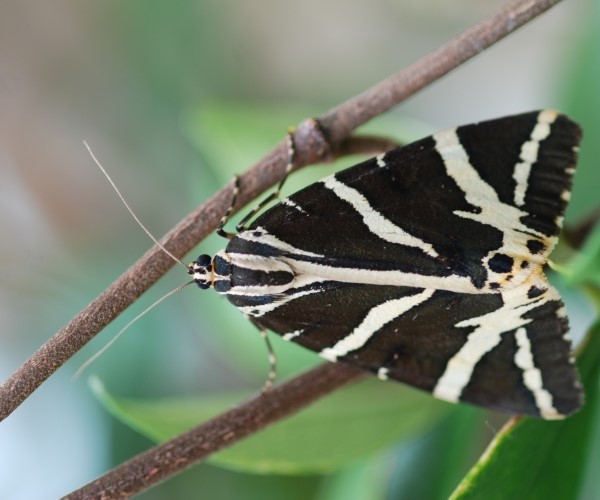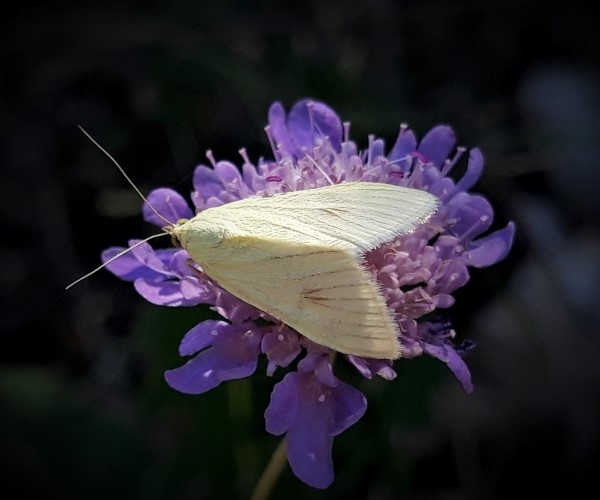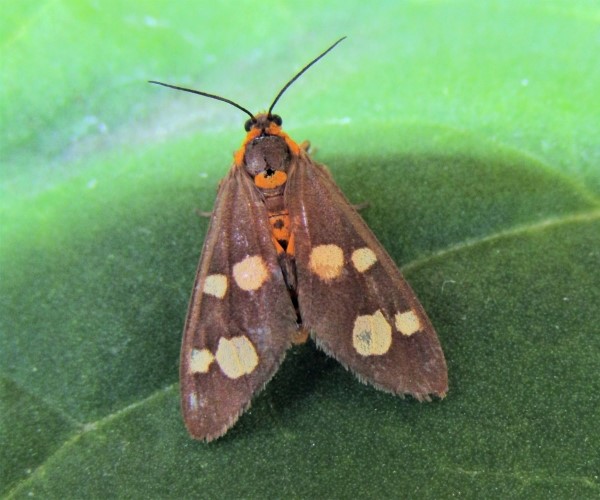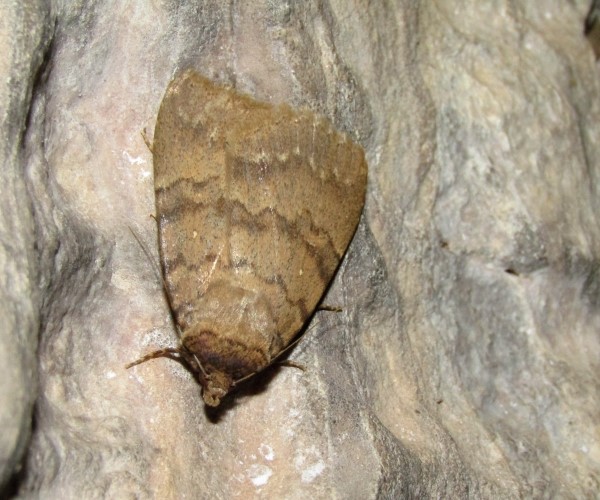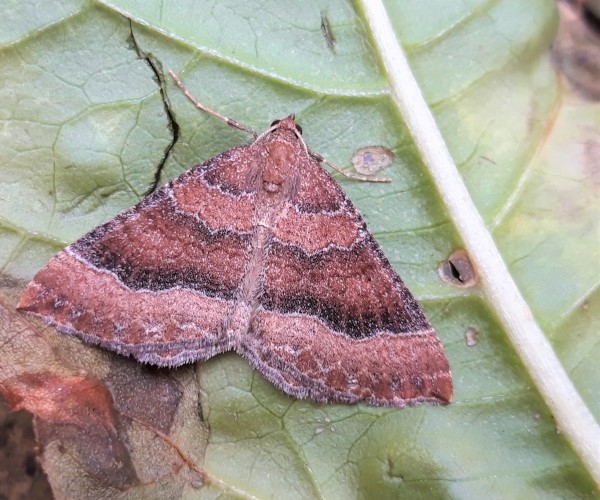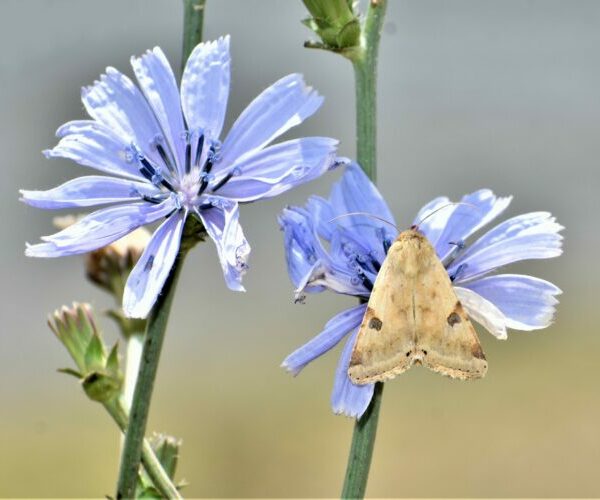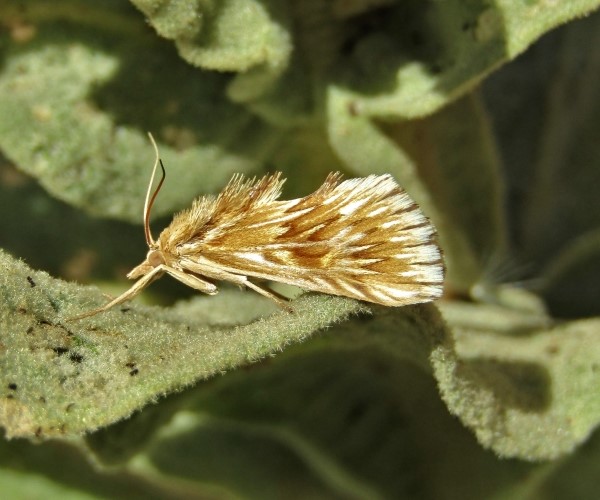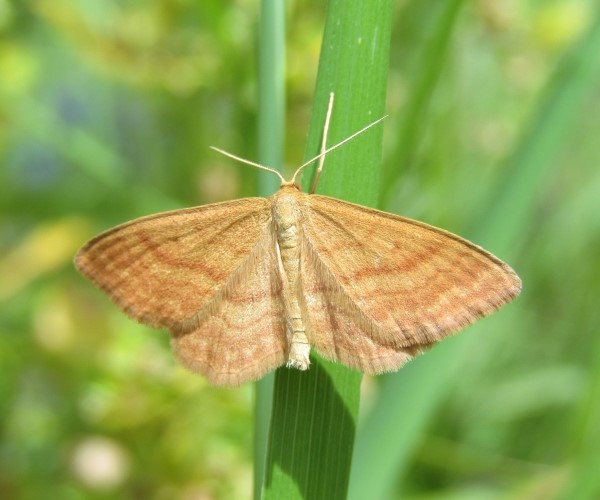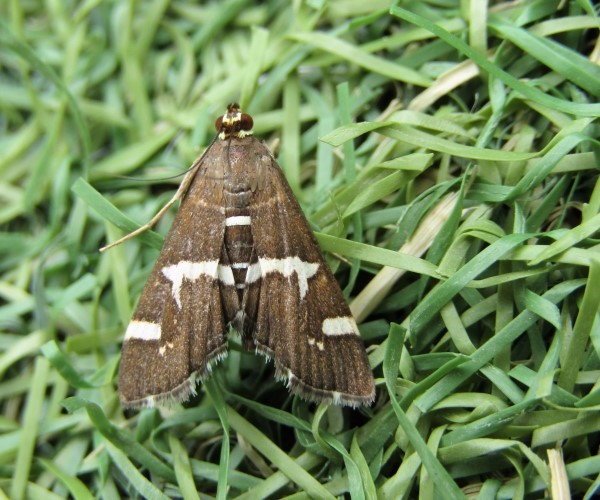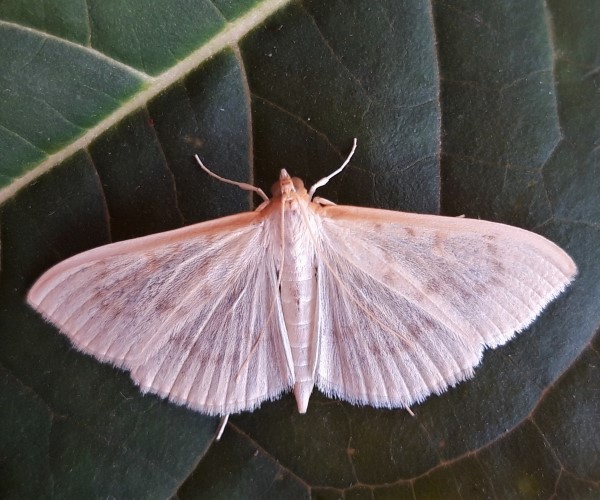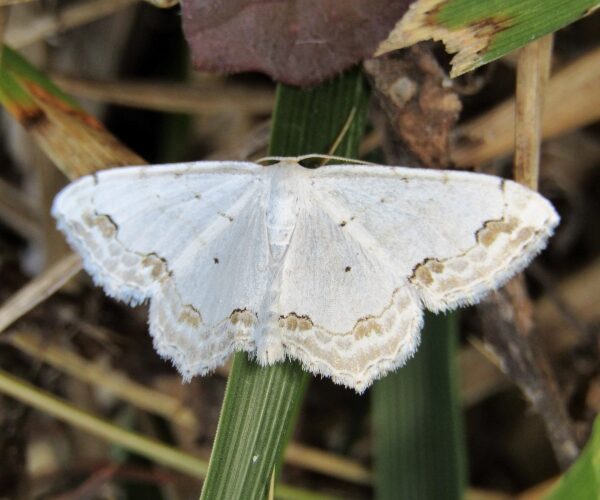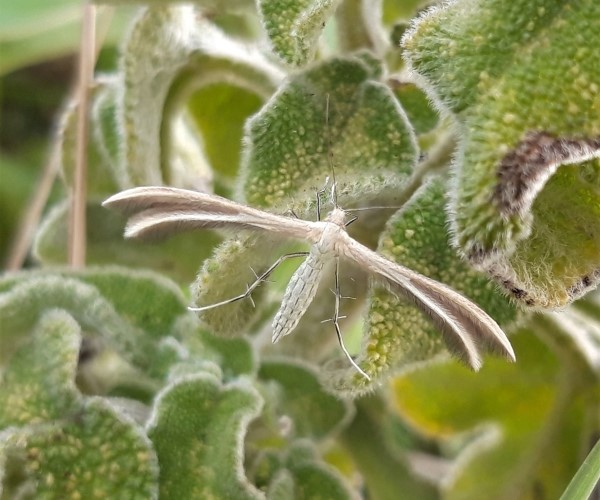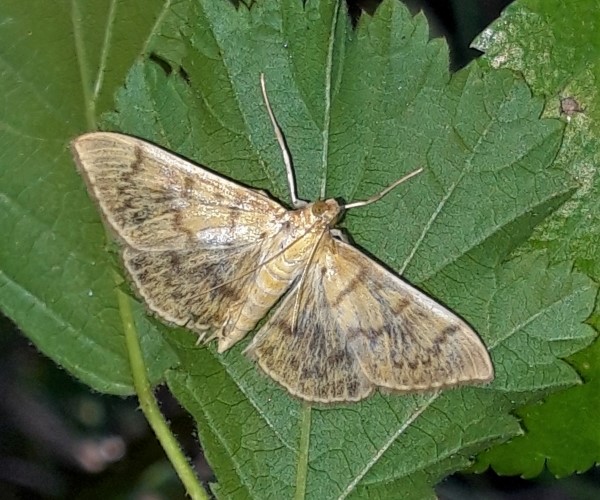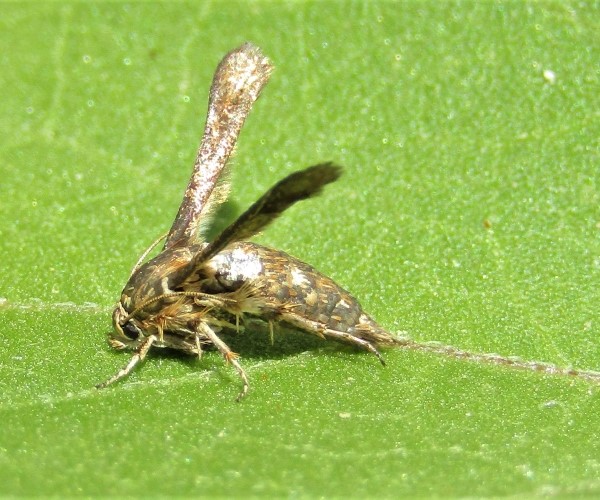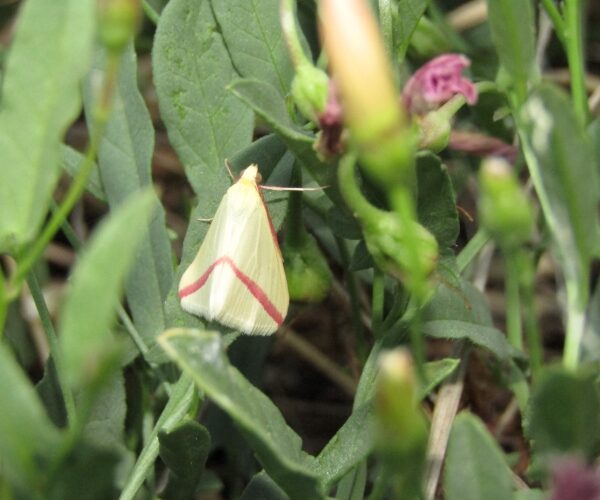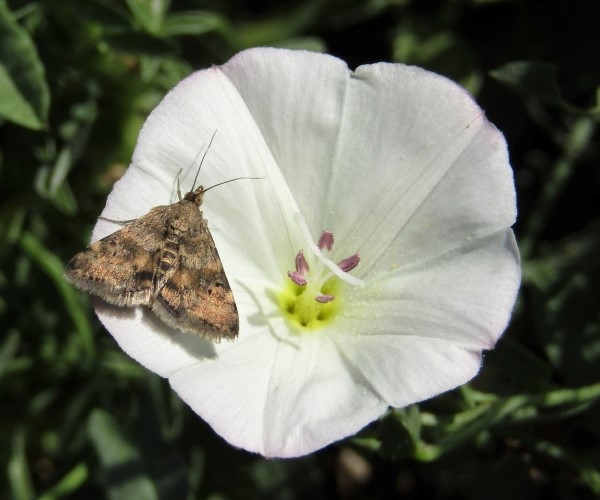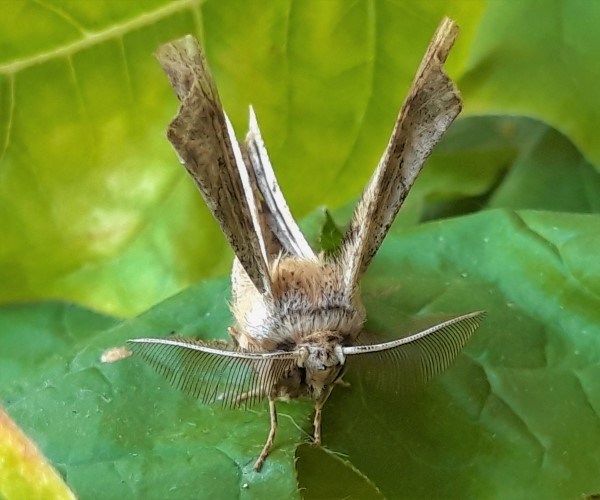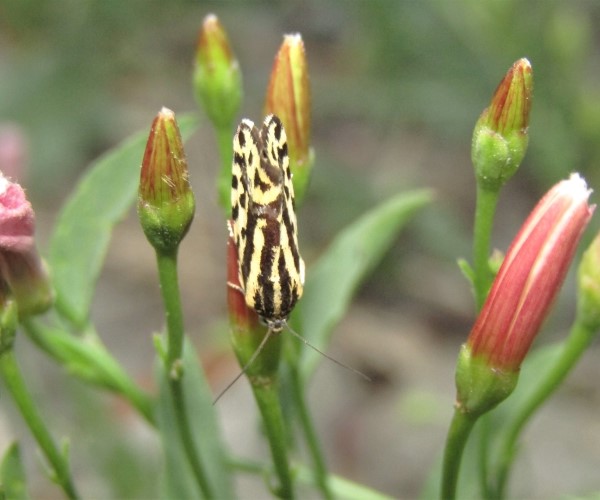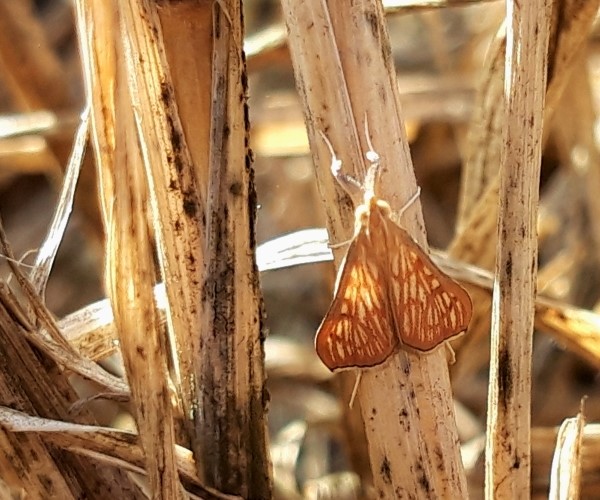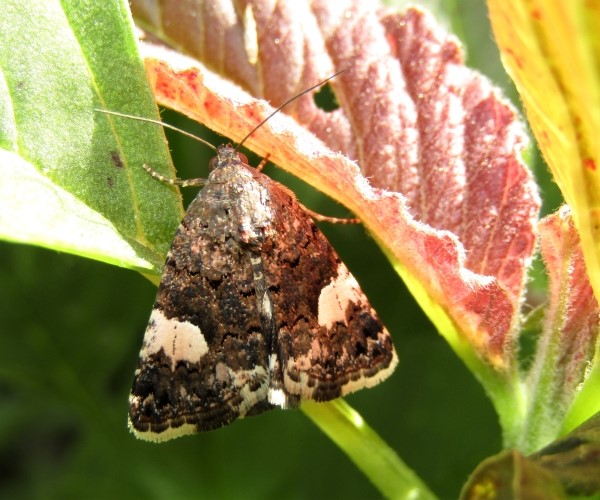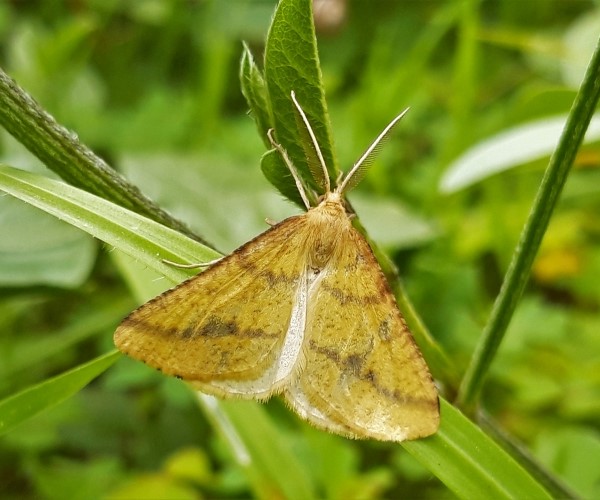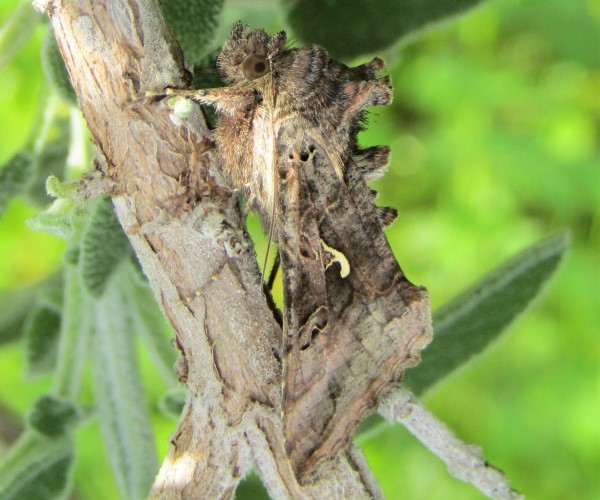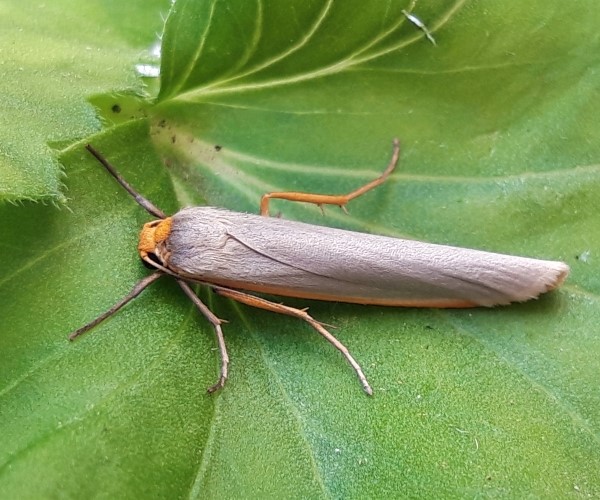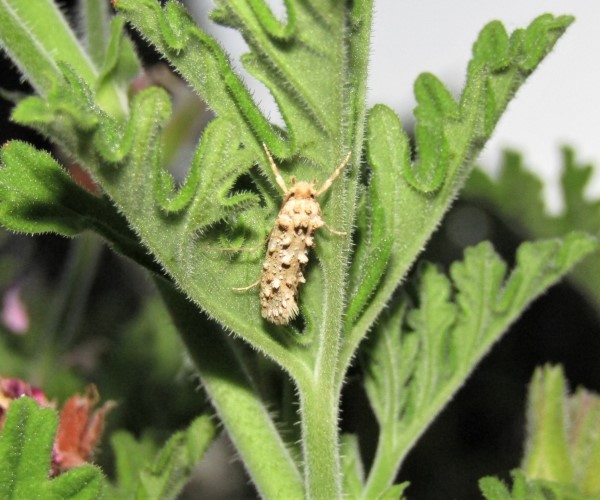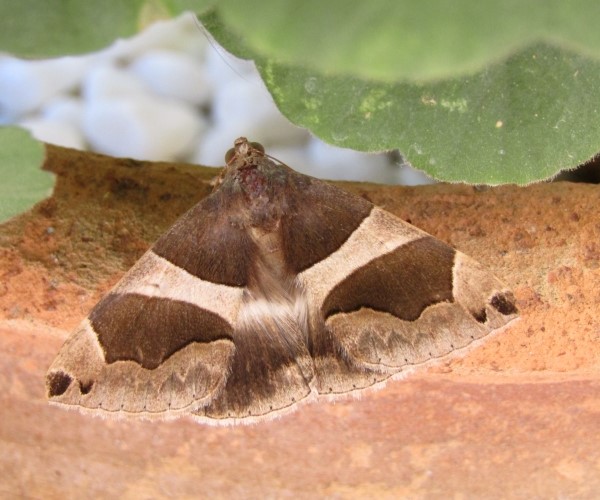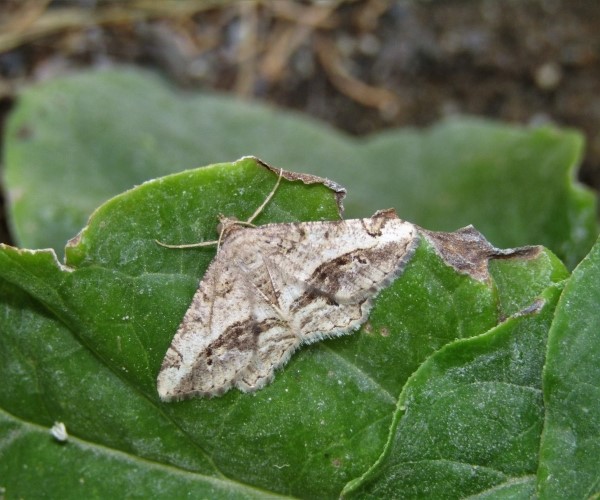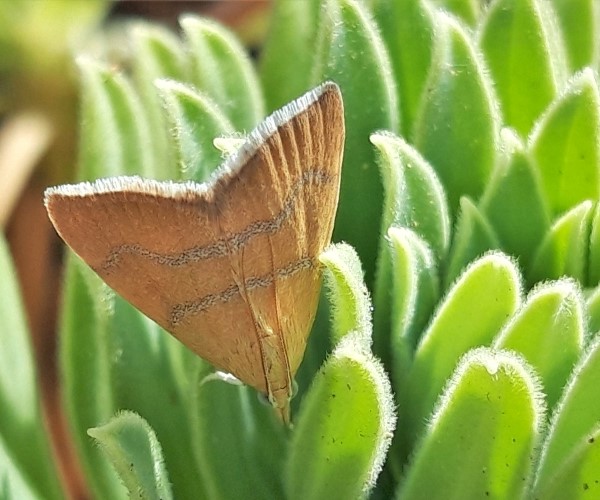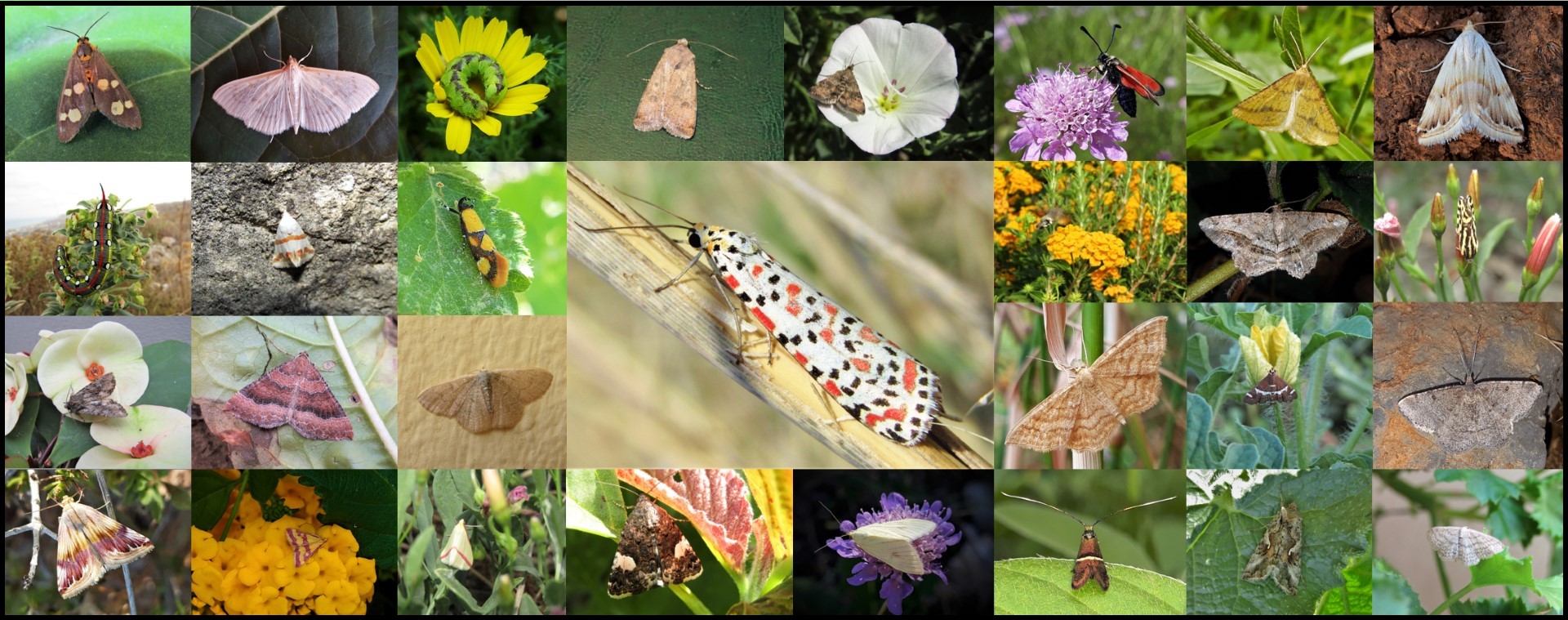
Moths of Crete - photo © K. Bormpoudaki
Moths of Crete
Moths in Crete
More than 1.300 moth species can be found on the island of Crete, in a wide range of habitats. You can view here some beautiful moths spotted on the island. More photographs and detailed information of 600+ species are also available on the species pages; these are listed here alphabetically (A-Z).
You can also learn more about the moths of Crete by joining the iNaturalist project “Moths of Crete“.
What is a Moth?
A simple question but without a simple answer. Both butterflies and moths belong to the same insect group called Lepidoptera.
There are approximately 160.000 moth species worldwide, many of which have yet to be described. Most moth species are nocturnal, but there are also crepuscular and diurnal species.
Moths are found everywhere; from the seaside to almost bare mountain tops, in fact wherever there are plants for caterpillars to eat. Each type needs particular conditions for survival and even small changes in their habitat can stop moths from living there.
Most nocturnally active moths are attracted to light, a phenomenon known as positive phototaxis. Sources rich in UV greatly increase moth attraction to light.
The Difference Between a Butterfly and a Moth
Answering what a moth is, first begs the question, what is a butterfly? It’s best to begin by comparing moths with butterflies. In general, butterflies differ from moths in the following ways:
- Butterflies usually have clubbed antennae but moths have fuzzy or feathery antennae.
- Butterflies are normally active during the daytime, while most moths are active at night. However, there are diurnal moths and butterflies that fly at dawn and dusk.
- Butterflies tend to rest with their wings closed and directly over their backs (unless they are sunning). Moths, on the other hand, rest with their wings spread out flat. Butterflies will, however, bask with their wings outstretched.
- Butterflies tend to pupate in a hard chrysalis.
Essentially, however, there is no consistent difference between butterflies and moths.
